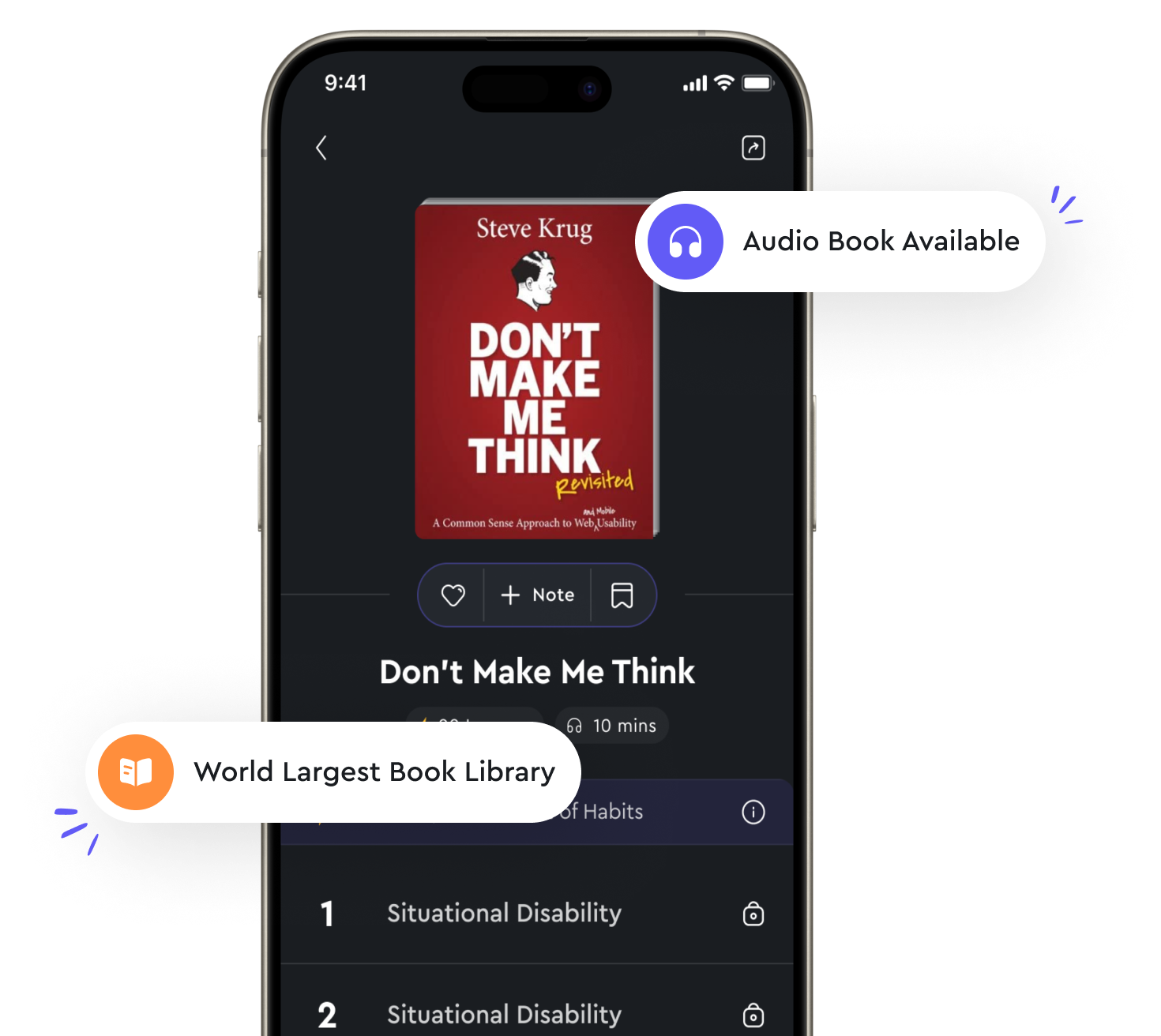Audio available in app
Nonverbal cues impact leadership effectiveness from "summary" of The Silent Language of Leaders by Carol Kinsey Goman,Ph.D.
Nonverbal cues play a significant role in shaping how leaders are perceived and the effectiveness of their leadership. These cues include body language, facial expressions, gestures, tone of voice, and even how leaders dress. Research shows that much of our communication is nonverbal, and people tend to trust what they see more than what they hear. As a result, leaders who are able to align their nonverbal cues with their verbal messages are more likely to be perceived as authentic and trustworthy. Leaders who are skilled at reading and interpreting nonverbal cues have a distinct advantage in understanding the needs and emotions of their team members. By paying attention to subtle signals such as facial expressions and body language, leaders can adapt their communication style to be more empathetic and responsive. This ability to connect on a nonverbal level can foster stronger relationships with team members and enhance overall team performance. Nonverbal cues can also influence how leaders are perceived in terms of their confidence, competence, and authority. For example, leaders who display open body language, make eye contact, and use confident gestures are often seen as more powerful and influential. On the other hand, leaders who exhibit closed-off body language, avoid eye contact, or display nervous gestures may be perceived as less confident and less effective in their leadership role.- Leaders can improve their ability to inspire, motivate, and influence others. Ultimately, mastering the silent language of leadership can help leaders build stronger relationships, foster trust, and achieve greater success in their roles.

